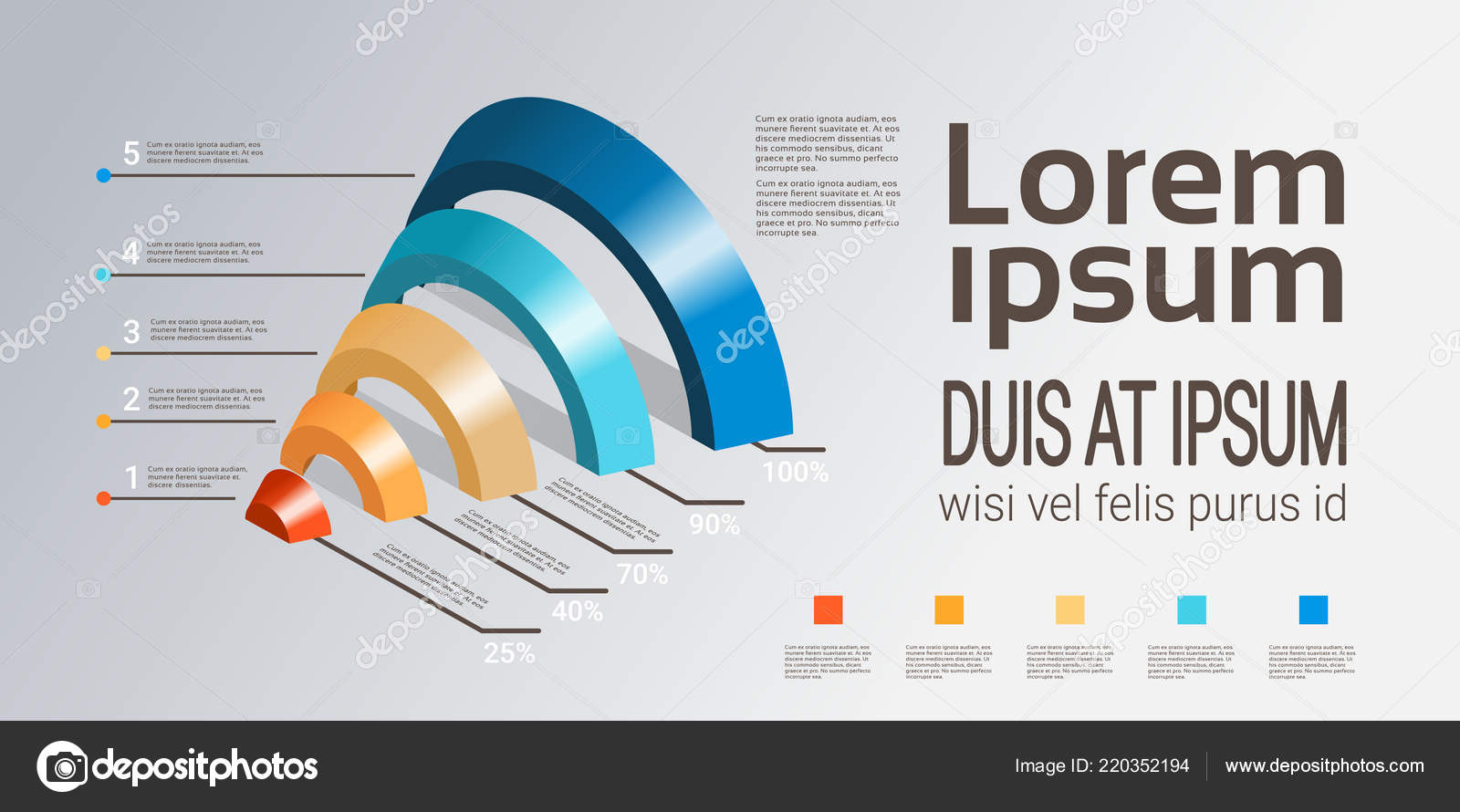Web Designs: Enhancing User Experience For Better Conversions
Web Designs: Enhancing User Experience For Better Conversions
Blog Article
Post By-McDougall Sahin
Have you ever before went to a web site that took forever to load, had a complicated navigating system, or really did not show effectively on your smart phone? Possibilities are, you promptly deserted that website and carried on to one that provided a far better user experience.
In today's competitive on-line landscape, it's critical for organizations to prioritize web design that boosts user experience in order to drive better conversions. In this conversation, we will check out the relevance of responsive style, the application of intuitive navigation, and the optimization of web page tons rate to develop a seamless and engaging customer trip.
Remain tuned to discover just how these elements can substantially impact your website's success.
Significance of Responsive Layout
Responsive style is vital in today's electronic landscape for creating web sites that adjust perfectly to various screen dimensions and devices. When your web site is responsive, it immediately changes its design and material to fit any gadget, whether it's a mobile phone, tablet, or computer. This is crucial since increasingly more individuals are accessing the web via their mobile devices.
If your website isn't receptive, it can cause an inadequate user experience. Individuals might have to pinch and zoom to review material, buttons may be also tiny to click, and pictures may not be maximized for smaller displays. Web Site can irritate customers and bring about high bounce rates and reduced conversions.
Making Use Of Intuitive Navigating
When making a receptive internet site, it is necessary to focus on using user-friendly navigation for a boosted customer experience.
Instinctive navigation describes arranging your web site's food selection and navigation elements in a rational and straightforward means. By doing so, you make it easier for visitors to find what they're seeking and browse via your internet site effortlessly.
Instinctive navigating helps reduce confusion and irritation, ultimately resulting in better customer engagement and enhanced conversions.
To achieve instinctive navigation, think about utilizing clear and descriptive labels for your menu products, executing a consistent design across all pages, and incorporating search performance for fast access to details web content. Furthermore, it's vital to focus on essential web pages and information, guaranteeing they're plainly shown and conveniently available.
Optimizing Web Page Lots Speed
To boost user experience, it's vital to enhance the page lots rate of your internet site. Sluggish packing times can irritate users and result in greater bounce prices.
Thankfully, there are a number of techniques you can implement to boost your web site's load rate. Firstly, take into read this article decreasing the size of your pictures by compressing them without compromising high quality.
Additionally, enhance search engine optimization seo companies by lowering unnecessary manuscripts and CSS documents. An additional reliable technique is to utilize web browser caching, which permits certain elements of your site to be saved locally, reducing lots times for returning visitors.
Additionally, think about using a web content shipment network (CDN) to distribute your web site's data across multiple servers, improving tons rate for individuals in various geographical locations.
Verdict
Finally, by employing responsive design, instinctive navigating, and maximizing web page lots rate, website design can significantly boost customer experience and drive better conversions.
With an easy to use interface, simple navigating, and fast loading times, sites can catch and preserve the focus of customers, causing boosted involvement and higher conversion rates.
So, don't delay in applying these web design approaches to guarantee a smooth and successful customer experience!
